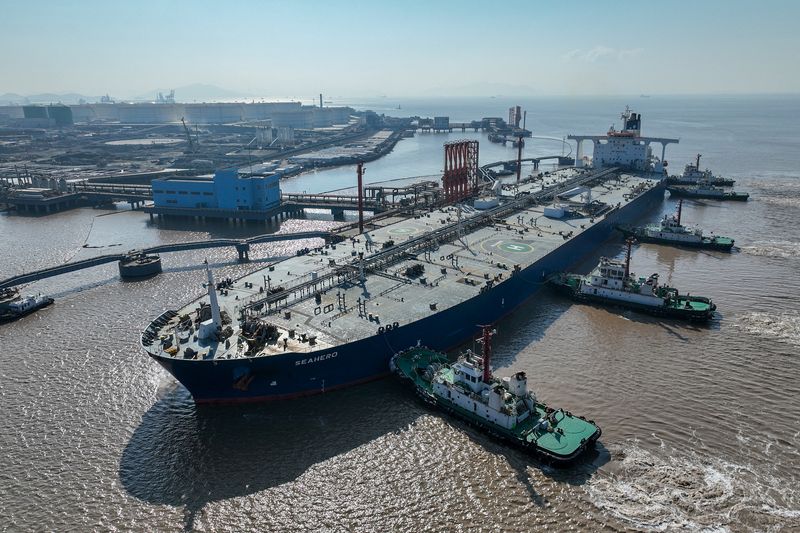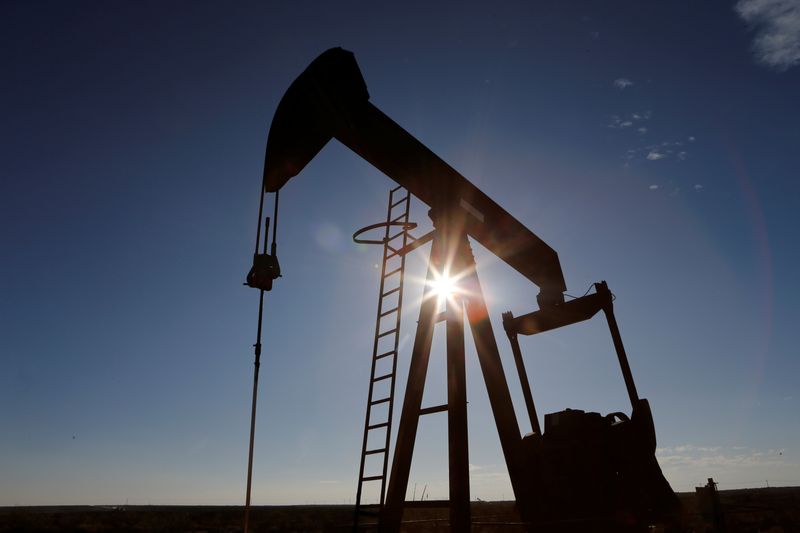Сommodity
| Stock | Price | Change | Change % | Open | High | Low | Close |
|---|---|---|---|---|---|---|---|
| $1.18 | $0.003 | 0.25% | $1.18 | $1.18 | $1.18 | $1.18 | |
 Gold Aug 25 GC=F | $3,344.40 | $1.50 | 0.04% | $3,344.50 | $3,352.90 | $3,342.80 | $3,342.90 |
 Silver Sep 25 SI=F | $37.39 | $0.301 | 0.81% | $37.15 | $37.44 | $37.13 | $37.08 |
 Crude Oil Aug 25 CL=F | $65.95 | $1.05 | 1.57% | $65.70 | $66.01 | $65.48 | $67.00 |
| $3.34 | $0.068 | 1.99% | $3.34 | $3.35 | $3.33 | $3.41 |
Commodities News
MORE NEWSWhat are commodity markets?
Commodity markets are markets in which transactions or futures contracts are concluded for particular types or groups of assets, which are called commodities and raw materials.
Such asset groups usually include:
- Metals as raw materials for industrial production: copper, aluminum, titanium, lead, nickel, rare-earth metals, etc;
- Energy carriers: crude oil of different grades and refined products (for example, heating oil, motor fuel), natural gas;
- Precious metals: gold and silver bullion and other forms, platinum group metals;
- Agricultural products and raw materials for the food industry. These include several groups. The first group includes grains and pulses. The second includes sugar, coffee, cocoa, vegetable oil, milk, meat, and livestock products.
Commodity markets include two segments:
Over-the-counter. As a rule, it is where transactions with real delivery of goods are made. They can be divided into spot (purchase/sale “here and now”) and forward (forward) contracts, implying settlement of current prices with future delivery;
- Exchange. The main variant of commodity trading live prices are futures contracts. Their volume may significantly exceed the production volume, while some of them are cash-settled (non-delivery) contracts, when after the expiration of the contract the parties settle accounts only in money without any real commodity delivery.
- For a retail investor, the only source of interest is the exchange market. Conclusion of transactions in the over-the-counter market is connected with certain complications, such as organization of transportation and storage of goods, considerable volumes of capital for conclusion of transactions, availability of the status of a qualified investor, etc.
Commodity markets are more complicated than Forex currency trading. The largest exchange floors in the world where transactions are concluded at the world commodity market live price are the following:
- NYMEX (New-York Mercantile Exchange) – New York Mercantile Exchange, specializing mainly in oil, oil products and metals trading.
- CME (Chicago Mercantile Exchange) – Chicago Mercantile Exchange. It is the world’s largest trading platform, with a high level of producer diversification and huge turnover. The major commodities, represented here, are rubber, wood, fertilizers, cattle, meat, and some other commodities of soft commodities category, i.e. those which are grown instead of being extracted.
- NYBOT (New-York Board of Trade) – New York Board of Trade. The oldest commodity exchange in the United States, which works mainly with agricultural products.
- TOCOM – Tokyo Commodity Exchange. Practically all groups of goods are widely examined there: from precious metals (gold, silver and platinum) and oil to rubber, wool, cotton, etc.
LME (London Metal Exchange) – London Metal Exchange, where precious and industrial metals are traded.
The structure of commodity markets also includes many universal regional and specialized exchanges. The latter include, for example, the Diamond Exchange in Belgium (Brussels) and the Fur Exchange in Canada (Toronto).
How interesting are commodity markets for private investors?
Assets of commodity groups can be of significant interest to an investor, including a private investor. This is due to the peculiarities that distinguish them from other markets:
- They each have a real physical expression, and therefore an economic value.
- Their pricing is as fair as possible and depends mainly on the supply/demand balance. Commodity market prices live (especially for deals with real delivery) have virtually no future earnings, and the influence of most geopolitical factors is largely negated.
- Virtually all assets do not exhibit high volatility, but the fluctuation range of commodity prices is wide enough. With the right approach to building trading systems, this allows to get a higher return on investment than in other segments.
- The behavior of assets is more predictable than in other markets, because it is determined mainly by global, not local factors.
- The mechanisms of reaction to inflationary processes differ significantly from other markets. As inflation rises, quotations in commodities markets predominantly rise, which allows you to earn extra income.
- The low correlation coefficient with other markets’ behavior allows us to greatly expand our diversification opportunities.
How to invest in commodities?
The retail investor does not have many options for investing in commodities:
- Buying derivatives on the futures market. The most interesting here are settlement futures. They reflect dynamics of prices for underlying assets but do not require real delivery, i.e., transportation, storage, and further sale. The serious disadvantage of this approach is the high risk of futures contracts, which is especially critical for beginners. Also, a futures contract can hardly be called an investment instrument. The term of the contract is limited and the contract itself brings only speculative income. That’s why you need the right approach to building an effective strategy for active long-term investments.
- Buying shares of producers in the respective sector. It is difficult to name this option as investment directly at the commodities market, but it combines the advantages of investment in commodities and work at stock exchanges.
- Buying commodity ETFs. Most of these funds track commodity market prices for futures contracts; some follow major commodity indices. A minority use stocks of companies operating in commodity markets as assets. The advantage of this approach is diversification of investments. But there are enough disadvantages. First, the tracking of futures can lead to mismatches in the real market prices graph. Secondly, most of them are heavily skewed toward the energy sector, which does not always suit investors.
Investment risks
The basic risks of investing in commodity markets have already been mentioned above, but there are a lot of additional nuances which one must be aware of:
- The number of commodities and commodity groups available to a private investor on one or more platforms is limited. This does not allow you to form a complete portfolio with the right indicators of profitability, risk and efficiency.
- Not all instruments of commodity markets have high liquidity. This allows large players to manipulate commodity prices on the US market even without breaking the law, which can lead to losses for retail investors.
- Most commodities exhibit stable seasonal cycles. This is not conducive to stable trading systems and strategies.











